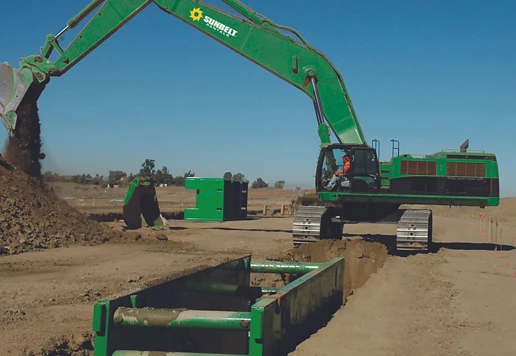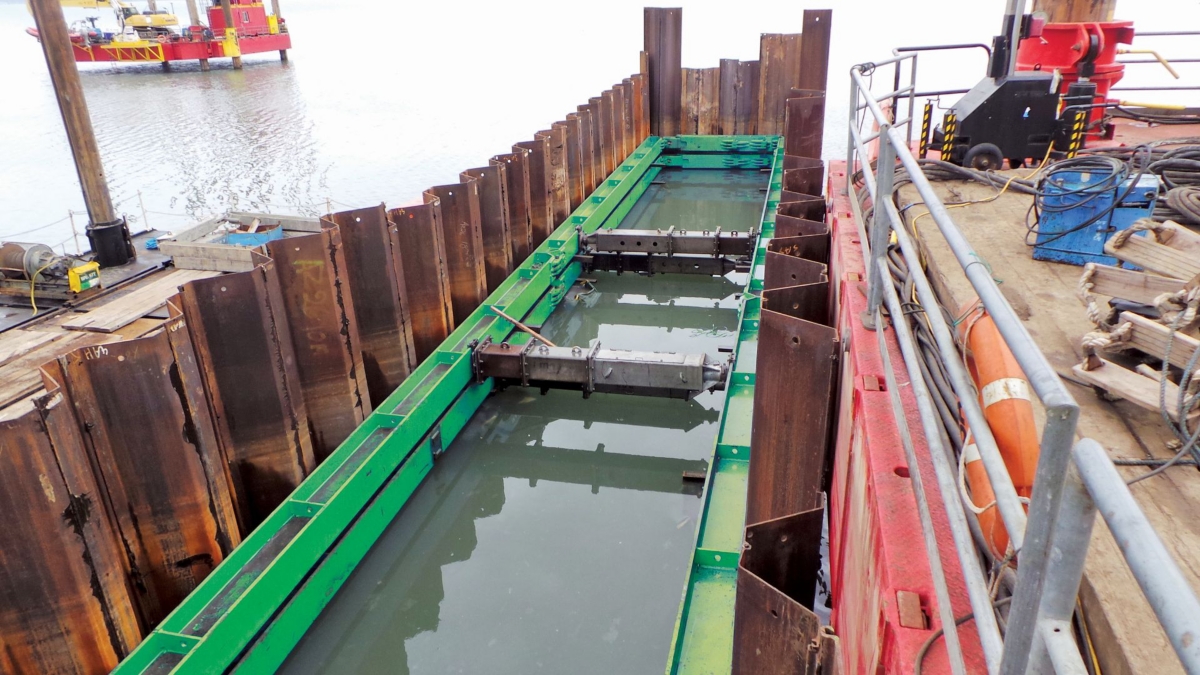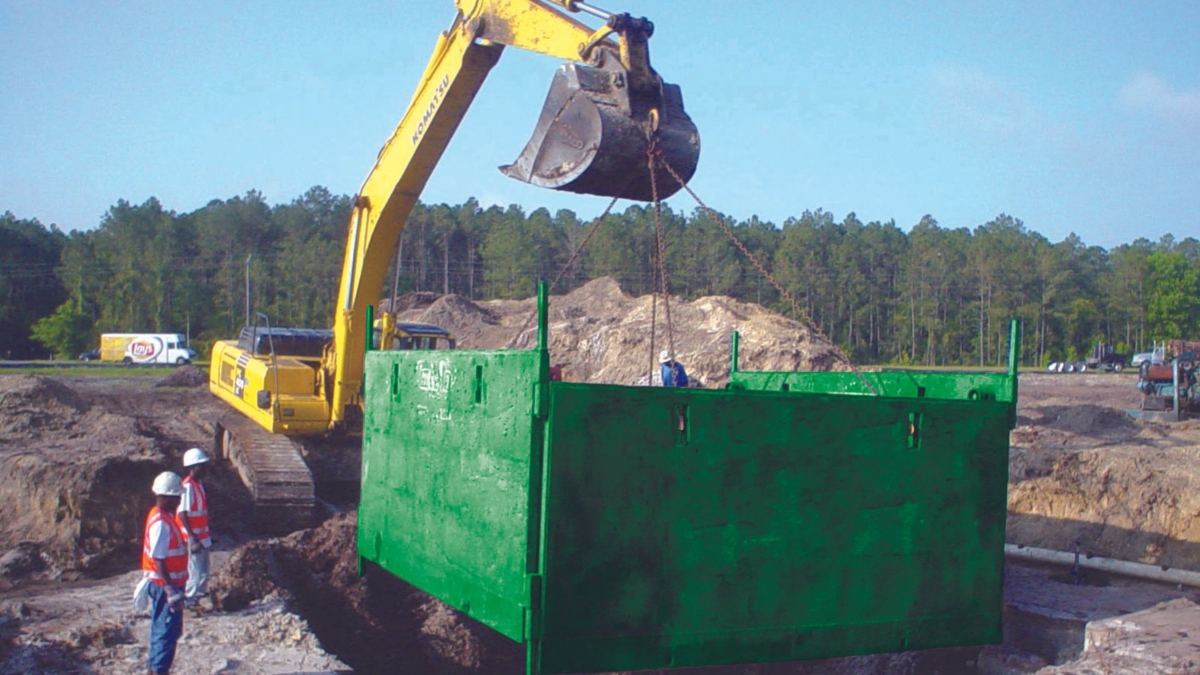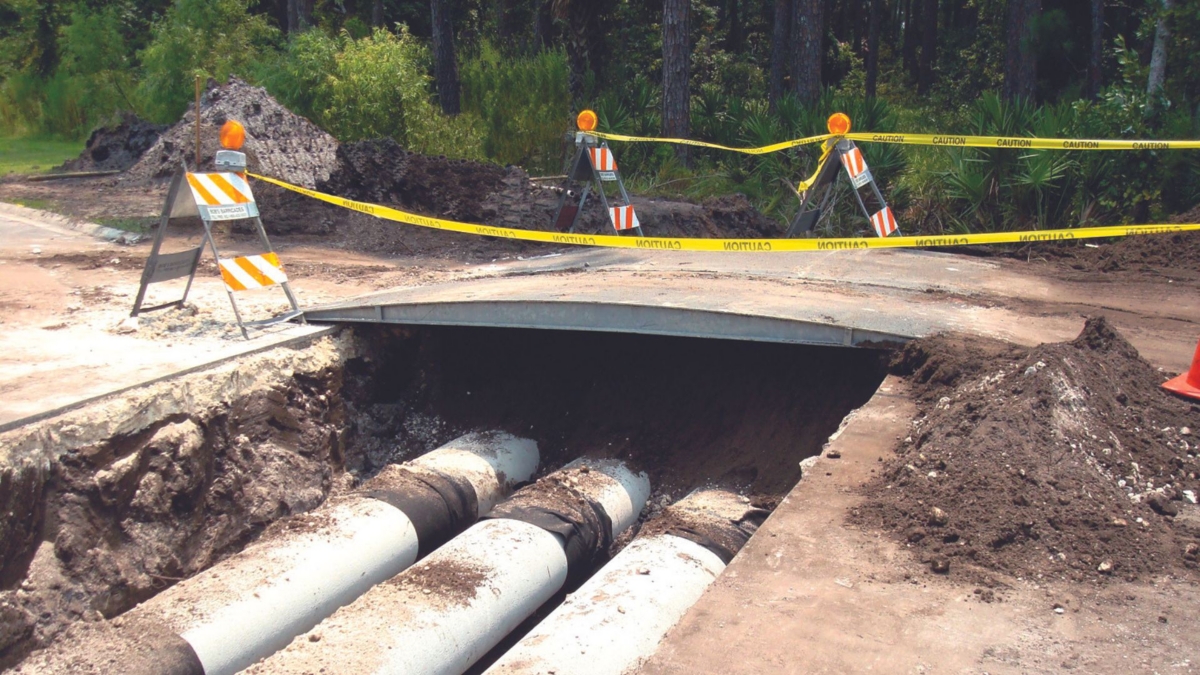-
Equipment and Tools
-
Aerial Work Platforms, Scaffolding And Ladders
- See all
- Atrium Lift
- Cranes / Boom Trucks
- Electric Scissorlifts
- Low-Level Access
-
Manlift Articulating
- See all
- Manlift Articulating 120' - 135' Combustion
- Manlift Articulating 30' - 39' Combustion
- Manlift Articulating 30' - 39' Electric
- Manlift Articulating 34' - 39' Towable
- Manlift Articulating 40' - 49' Combustion
- Manlift Articulating 40' - 49' Electric
- Manlift Articulating 50' - 59' Towable
- Manlift Articulating 60' - 69' Combustion
- Manlift Articulating 60' - 69' Electric
- Manlift Articulating 80' - 89' Combustion
- Manlift Straight Boom
- Mast Boom Lift
- One Man Drivable
- One Man Push Arounds
- Power Accessories
- Rt Scissor
- Scaffolding And Ladders
- Straddle Adapter
-
Air Compressors And Air Tools
- See all
- Air Compressor Aftercoolers / Filters / Separators / Dryers
-
Air Compressors
- See all
- Air Compressors 1000cfm - 1300cfm
- Air Compressors 1000cfm - 1300cfm Instrument Quality
- Air Compressors 1500cfm - 1800cfm Instrument Quality
- Air Compressors 300cfm - 400cfm
- Air Compressors 300cfm - 400cfm Instrument Quality
- Air Compressors 5cfm - 85cfm
- Air Compressors 600cfm - 900cfm
- Air Compressors 600cfm - 900cfm Instrument Quality
- Air Compressors 90cfm - 250cfm
- Air Compressors Electric 100cfm - 1000cfm
- Air Compressor Accessories
- Air Impact Wrenches
- Air Nailers & Staplers
- Air Tools - Contractor
- Air Tools - Demolition
- Air Tools - Industrial
- Compaction
-
Concrete And Masonry
- See all
- Battery Powered Saw
- Concrete - Finishing Equipment
- Concrete - Surface Preparation Equipment
-
Concrete / Masonry - Cutting & Drilling Equipment
- See all
- Concrete& Asphalt Floor Saws - Push Type
- Concrete And Masonry Blades
- Concrete Dowel Drills
- Core Drill Bits
- Crack Chasers
- Cutoff Saws Hand Held/ Gas/ Air/ Electric/ Hydraulic
- Diamond Chain Saws
- Diamond Core Drills
- Early Entry Concrete Saws
- Masonry Saws
- Street Saws Self-Propelled
- Tile Saws
- Concrete Water Accessories
- Concrete / Masonry - Mixing & Placing Equipment
-
Cooling, Heating, Drying And Indoor Air Quality
- See all
- Air Management - Accessories
- Air Management - Air Scrubbers
- Air Management - Dehumidifier
- Air Management - Fans & Blowers
- Boilers
- Cooling - Air Conditioning
- Cooling - Air Handlers
- Cooling - Chillers
- Cooling - Cooling Tower
- Cooling - Spot Cooler
- Fans / Blowers / Ventilators
- Heating - Accessories
-
Heating - Direct Fired
- See all
- 201k-300k Btu Kerosene Heater Dir
- 20k-80k Btu Kerosene Heater Dir
- 301k-400k Btu Kerosene Heater Dir
- 301k-400k Btu Lp/Ng Heater Dir
- 40k-70k Btu Kerosene Heater Dir
- 81k-200k Btu Kerosene Heater Dir
- Propane Convection& Radiant Heaters 22k - 200k Bt
- Propane/Natural Gas Direct-Fired Heaters 30k-2.5m
- Heating - Electric
- Heating - Flameless
- Heating - Hydronic / Ground
-
Heating - Indirect Fired
- See all
- 1000k Btu And Up Kerosene Heater
- 1000k Btu And Up Lp/Ng Heater
- 1mil - 5mil Btu Diesel Heater
- 201k-300k Btu Kerosene Heater
- 301k-400k Btu Kerosene Heater
- 301k-400k Btu Lp/Ng Heater
- 401k-500k Btu Kerosene Heater
- 401k-500k Btu Lp/Ng Heater
- 501k-999k Btu Diesel Heater
- 501k-999k Btu Kerosene Heater
- 501k-999k Btu Lp/Ng Heater
- 81k-200k Btu Kerosene Heater
- Heating - Steam / Hot Water
-
Earth Moving
- See all
- Backhoe Loaders
- Dozers & Crawler Loaders
- Excavators
- Hydraulic Breakers & Demolition Attachments
- Mini Excavators
- Motor Graders
- Rental Vehicles
-
Skidsteer Loaders
- See all
- Compact Skidsteer Loader
- Skidsteer Loader 999lb& Under
- Skidsteer Loader 1000-1499lb
- Skidsteer Loader 1100-1500lb Track
- Skidsteer Loader 1500-2000lb
- Skidsteer Loader 1500-2100lb Track
- Skidsteer Loader 2000-2800lb
- Skidsteer Loader 2100-2800lb Track
- Skidsteer Loader 2800-3200lb Track
- Ride On Skidsteer Attachments
- Skidsteer Attachments
- Tractors & Landscape Loaders
- Trenchers
- Wheel Loaders
- Floor Care
-
Forklifts
- See all
- Forklift Accessories
- Forklifts - Industrial
- Forklifts - Straight Mast Rt
- Forklifts - Telehandler
-
Material Handling Equipment
- See all
- Aluminum Dockplates
- Aluminum Loading Ramps
- Appliance Trucks
- Banding Kits
- Cricket Pipe Dolly
- Dry Wall Lift& Carts
- Duct Jacks/ Genie Material Lifts
- Glass Manipulators
- Grasshopper Pipe Dolly
- Hand Trucks
- Hilman Rollers/ Roller Skid Systems
- Hydraulic Rol-A-Lift
- Johnson Bar/ Pry Dollies
- Load Binders
- Pallet Pullers
- Pallet Trucks
- Platform Trucks
- Roust-A-Bout Portable Lift
- Stairclimbing Motorized Hand Trucks
- Warehouse Dolly
-
General Construction Tools
- See all
- Abrasive Blasting Equipment
- Batteries And Chargers
- Battery Powered Air Compressor
-
Battery Powered Tools
- See all
- Angle Grinders - Battery
- Circular Saws - Battery
- Compound Miter Saws - Battery
- Drywall Screwdrivers - Battery
- Hand-Held Band Saw - Battery
- Hand-Held Drills - Battery
- Impact Wrenches - Battery
- Miscellaneous - Battery
- Nailers - Battery
- Orbital Sanders - Battery
- Portable Table Saw - Battery
- Reciprocating Saws - Battery
- Rotary And Demolition Hammers - Battery
- Battery Powered Vacuum
- Chain Hoists & Air Winches
- Conveyors
- Drain & Sewer Cleaning & Inspections
-
Electric Tools
- See all
- Angle Grinders
- Belt Sanders
- Circular Saws
- Compound Miter Saws
- Die Grinders
- Drywall Screwdrivers
- Hand-Held Band Saw
- Hand-Held Drills
- Heat Gun
- Impact Wrenches
- Jigsaws
- Magnetic Drills
- Orbital Sanders
- Planers
- Portable Table Saw
- Reciprocating Saws
- Rotary And Demolition Hammer Accessories
- Rotary And Demolition Hammers
- Routers
- Shears& Nibblers
- Stationary Chop Saw
- Hydraulic / Electric Torque Wrenches / Enerpac
- Hydraulic Cylinders / Enerpac Jacking Systems
- Hydraulic Pumps / Enerpac
- Hydraulic Tools / Enerpac
- Industrial Vehicles
- Jacks - Bottle / Screw / Toe Jack
- Laser & Optical Levels
- Lighting Equipment
-
Mechanical & Electrical Contractor Trade Tools
- See all
- Cable Feeder
- Cable Reel Roller - Electric
- Cable Reel Stands/ Spindles
- Chain Vice/ Tri-Stand/ Pipe Stands
- Crimping Tools - Electric
- Crimping Tools - Manual
- Electric Cable Pullers& Sheaves
- Electric Conduit Benders
- Electric Pvc Heaters/ Pvc Benders
- Geared Threader/ Hog Head
- Hole Cutting Tool
- Hydraulic Conduit Benders
- Hydraulic Punch Drivers/ Knockout Sets
- Manual Pipe Tools& Accessories
- Mechanical Conduit Benders
- Pipe Threaders - Electric
- Power Fish System
- Power Pipe Cutters
- Victaulic Roll Groovers
- Wire Carts/ Dispensers
- Miscellaneous
- Paint Sprayers
- Pressure Washers
- Siding Brake
- Site Services
- Storage Containers / Jobsite Storage
- Traffic Safety Equipment
- Trailers
- Welding & Plasma Cutting Equipment
- Generators And Accessories
- Ground Protection
-
Lawn, Landscape, And Tree
- See all
- Battery Powered Lawn & Landscape
-
Lawn & Landscape
- See all
- Backpack Sprayer
- Bed Edger/ Trencher
- Chain Saws
- Garden Tillers
- Gas-Powered Drill
- Hand Tools
- Hand-Held Metal Detector
- Hedge Trimmers
- Hydroseeder
- Lawn Aerators
- Lawn Dethatchers
- Lawn Mowers& Brush Cutters
- Lawn Overseeder
- Lawn Spreader& Roller
- Lawn Vacuum
- Leaf Blowers/ Mulchers
- Log Splitter
- Post Driver
- Post Hole Augers
- Sod Cutters
- Straw Blowers
- Trimmers& Pruners
- Wheelbarrows
- Stump Grinders
- Wood & Brush Chippers
- Load Banks
- Portable Ice Rinks And Pathways
- Pumps
- Refrigeration
- Temporary Containment Walls
- Temporary Fencing
- Temporary Structures
- Trench And Shoring Equipment
-
Aerial Work Platforms, Scaffolding And Ladders
-
-
Industry Solutions
Agriculture Equipment Amusement Theme Parks Automotive Equipment Aviation Equipment Civil Commercial Construction Equipment Educational Facility Equipment Emergency Restoration and Response Entertainment Venue EquipmentEvent Rentals Film & TV Production Golf Course Management Equipment Government Services Healthcare Hospitality Equipment Industrial Manufacturing Equipment Marine EquipmentMining Equipment Oil Gas Equipment Real Estate and Property Maintenance Retail Maintenance Equipment Stadium Maintenance & Cleaning Equipment Utility Services
-
Industry Solutions

Importance of Trench Safety to Prevent Injury
Construction work can be dangerous, but excavation and trenching work take the risks to another level. In fact, the fatality rate for excavation work is 112% higher than for general construction. All excavations are inherently unstable and pose serious risks to workers. Prioritizing the safety of workers on excavation sites and taking every possible measure to minimize the risks associated with the potential hazards of excavation work is crucial.
Trench Safety Considerations
Learn about the potential dangers and how to mitigate them through proper planning and safety protocols. Click any of the links below to learn more:
Trenching and Excavation Safety Basics
According to the Occupational Safety and Health Administration (OSHA), all open excavations, including trenches, are subject to their standards, regardless of size. Cave-ins are the most fatal excavation-related incidents that construction workers can face, with the weight of a cubic yard of soil being as much as a car. To prevent these incidents, OSHA requires the designation of a competent person, the creation of protective systems, and pre-planning when needing to use a trench box.

Competent Person
As stated by OSHA, a competent person is designated by the employer and trained to recognize both existing and potential hazards at the worksite. They must be able to take corrective measures to eliminate these risks promptly. Several critical tasks assigned to the competent person include:
- Soil classification: Evaluating the soil type, determining its stability, and identifying any potential hazards that may arise due to soil conditions.
- Protective systems inspection: Shoring, shielding, and sloping systems must be thoroughly checked to ensure they are installed correctly and provide adequate protection.
- Designing structural ramps: Ensuring they are regularly inspected to be safe and stable for workers and equipment to use.
- Monitoring water removal equipment: Confirming proper operation to remove water from the excavation site as required.
- Conducting site inspections: Regularly assuring that all workers are following safety procedures, and that all equipment is in good condition and being used correctly.
By undertaking these tasks, a competent person can greatly reduce the risk of accidents and injuries at excavation sites and ensure the safety of all workers. At Sunbelt Rentals, we offer courses to obtain certification as a competent person and to increase awareness of confined spaces, which helps ensure that the safety measures outlined in the general OSHA safety guidelines and standards are properly observed on your worksite.
Protective Systems
Determining the right protective system for your site depends on the specific conditions and potential hazards present. According to OSHA standards, any trench that is over five feet deep and not built entirely in stable rock requires a protective system. Protective systems are utilized to prevent cave-ins through the implementation of techniques like sloping, benching, supporting the excavation's sides, or setting up a shield or trench box between the sides and the work area. Employers can consult OSHA standards for guidance on support systems, such as shoring, bracing, or underpinning, that keep adjacent structures stable during excavation.
It is important that a competent person inspects the protective system and adjacent areas before workers enter the site, throughout the shift, and after a rainstorm. Workers should also be trained to identify potential cave-ins. To further ensure the structural integrity of protective systems and other worksite safety measures, consult with qualified safety consultants like our team at Sunbelt Rentals, who are well-versed in general OSHA safety recommendations and standards.
Trench Boxes
Proper planning for the deployment of trench boxes is vital to maintaining a secure work environment, ensuring that the equipment is readily available and meets the excavation requirements. They provide an added layer of protection when protective measures are insufficient by creating a sturdy enclosure within the trench that guards workers against potential cave-ins and minimizes the risks associated with shaky soil conditions.
Understanding the circumstances necessitating trench boxes is critical to ensuring a safe work environment. While measures like sloping, benching, and shoring are vital in preventing cave-ins, trench boxes become necessary when the trench depth exceeds a certain threshold or when the soil composition exhibits signs of instability beyond the capabilities of other protective measures. In shallower trenches where the soil is inherently stable and meets safety regulations, trench boxes might not be necessary. Protective measures like sloping or benching might suffice, in such cases, provided they meet safety standards and are properly implemented.
Incorporating trench boxes into the safety protocol from the outset ensures that the necessary equipment is readily available, properly sized, and compatible with the specific soil conditions and trench dimensions. This meticulous planning and adherence to industry best practices underscore the commitment to upholding the highest safety standards and mitigating the potential hazards associated with trenching and excavation work.
Sunbelt Rentals offers an extensive line of OSHA-compliant trench safety equipment to keep your projects safe and compliant. Our team of industry professionals can help you select the safest, most cost-effective protective system that meets the specific needs of your trench and excavation projects.

Underground Utilities
Excavation work poses a significant risk of damaging underground utilities such as gas lines, electrical cables, water pipes, and telecommunications lines. Accidental contact with these utilities can lead to dangerous situations, including explosions, electrocution, and service disruptions. To mitigate this hazard, it is crucial to accurately locate and mark all underground utilities before commencing excavation work.
Unprotected Trenches
Trenches that are not properly supported or shored up can collapse, leading to workers being buried under the soil and debris. Proper trench protection measures, such as trench boxes, shoring, or sloping, must be implemented to prevent trench collapses and protect workers from this hazard.
Cubic Yardage Requirements
Excavation work often involves the removal of large quantities of soil and other materials. Improper handling of excavated materials, particularly in cases where the cubic yardage exceeds safe limits for equipment or nearby structures, can result in cave-ins, structural instability, or the overloading of machinery. Adhering to appropriate cubic yardage requirements and ensuring proper disposal or storage of excavated materials is essential to prevent accidents.
Utility Lines/Construction Industry Nearby Structures
Excavation work conducted near existing structures or utility lines can pose a risk to the stability and integrity of these structures. Nearby buildings or infrastructure may be susceptible to damage from excavation-related vibrations, undermining of foundations, or unintended shifts in the ground. Proper planning, structural reinforcement, and monitoring are necessary to safeguard adjacent structures and utility lines during excavation work.
Heavy Equipment/Potential Hazards
The use of heavy machinery, such as excavators, bulldozers, and dump trucks, presents several potential hazards, including equipment malfunctions, rollovers, and collisions. Inexperienced or inadequately trained operators can contribute to these risks. Proper training, regular equipment maintenance, and adherence to safety protocols, such as using personal protective equipment (PPE) and implementing equipment-specific safety measures, are crucial to prevent accidents and injuries associated with heavy equipment use during excavation work.

Building a Secure Future, One Trench at a Time
Trench safety is a critical aspect of excavation work that requires careful planning, adherence to safety protocols, and comprehensive training for all involved personnel. Sunbelt Rentals Trench Safety team is committed to supporting you from the start of your project to its completion.
Our cutting-edge protective systems, industry-leading service, and operator training courses equip you and your team with the necessary equipment and skills to work safely and efficiently while complying with OSHA and provincial regulations.
Learn More About Our Trench Safety Training Courses
Get certified as a competent person for trenching and excavation work according to OSHA standards. Courses are available for competent person certification and confined space awareness.

Are you planning your next Trench and Excavation project?
Contact the Trench Safety rental experts at Sunbelt Rentals for all your Trench Safety training and equipment needs.
Trench Safety Resources
Dive deeper into Trench Safety with these related articles, blogs, and success stories.






